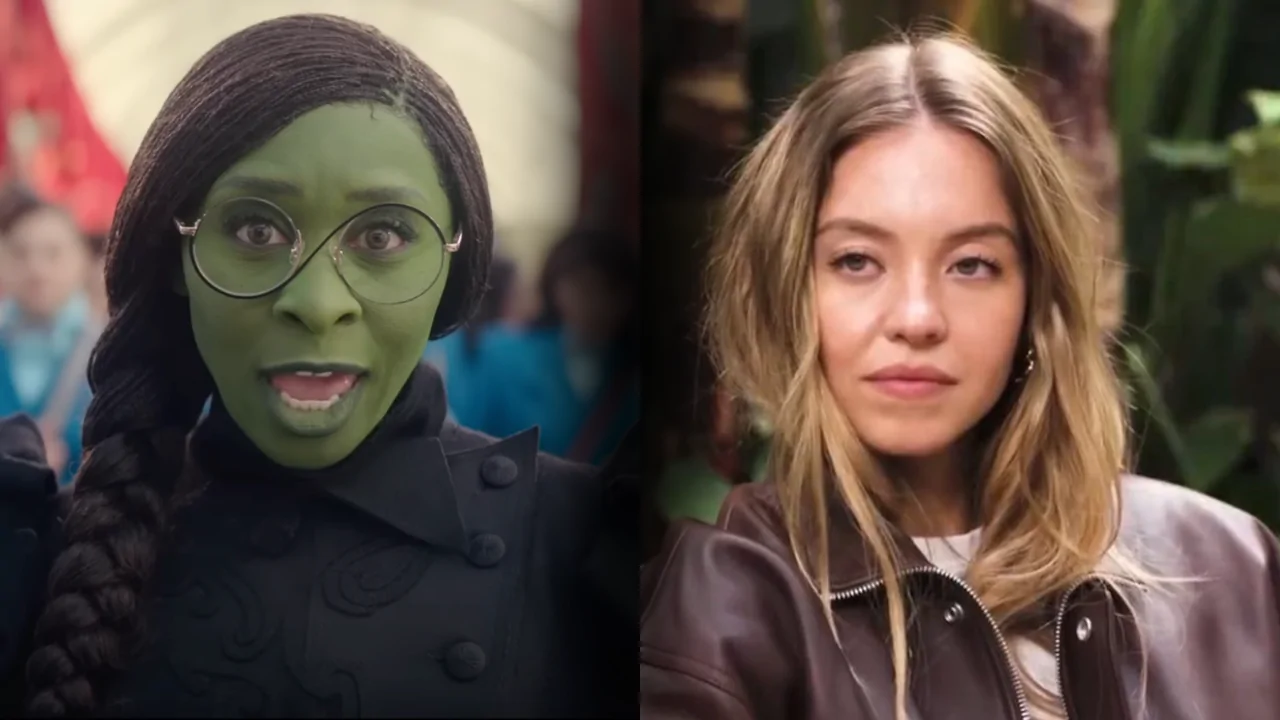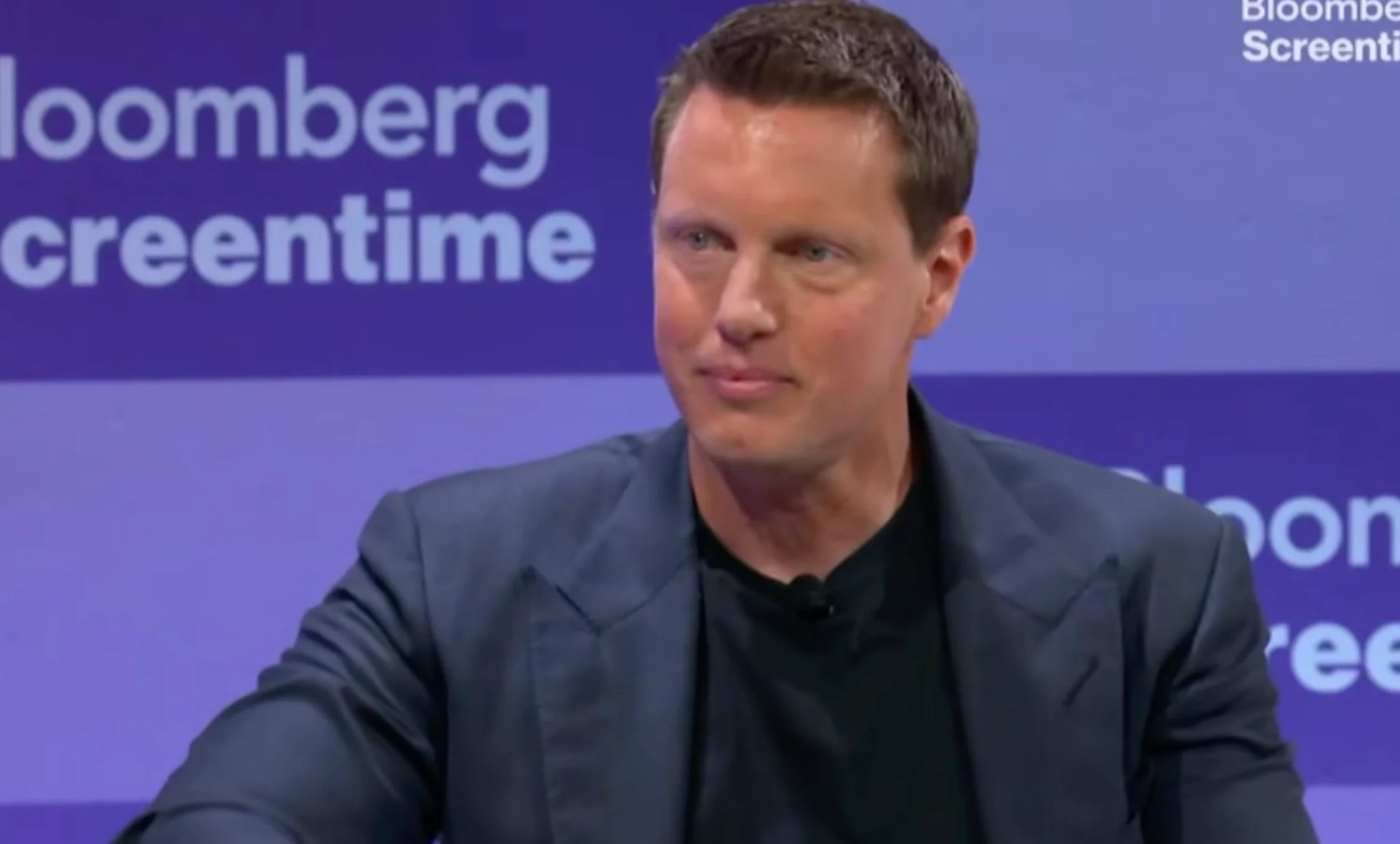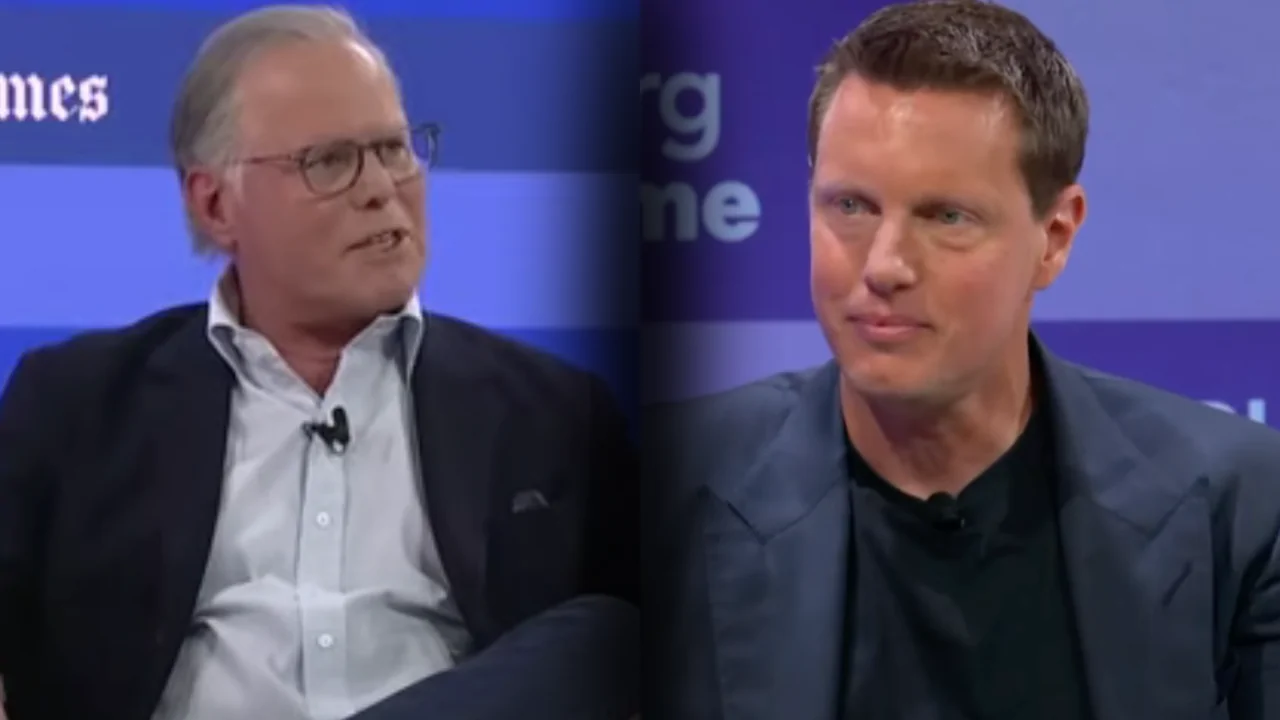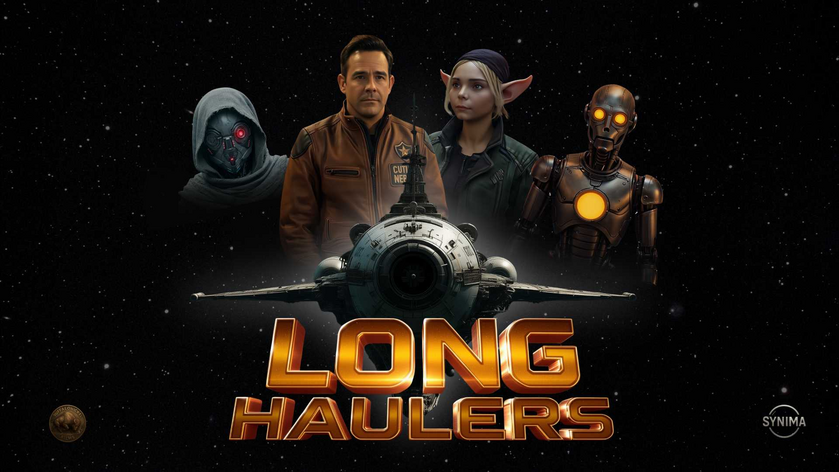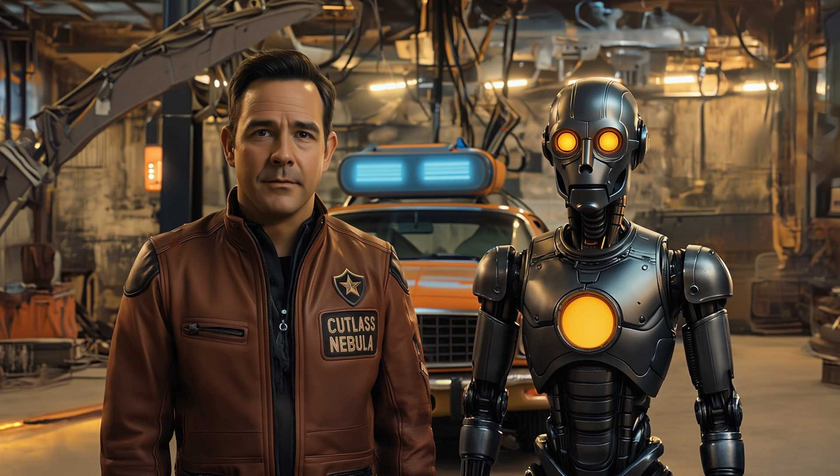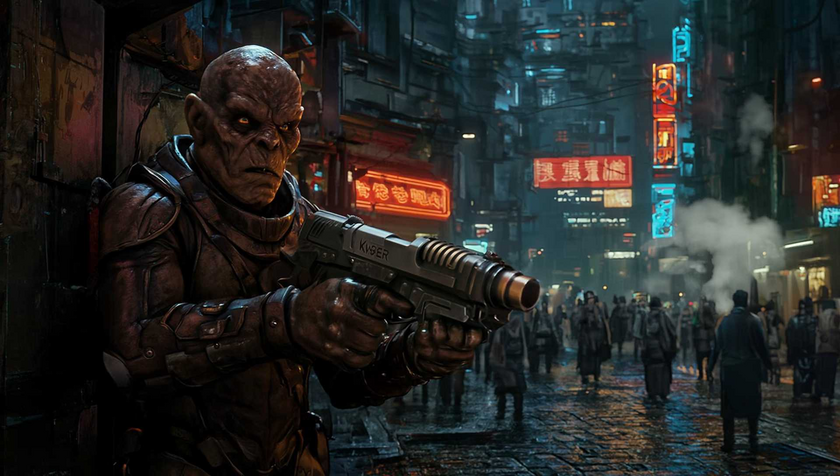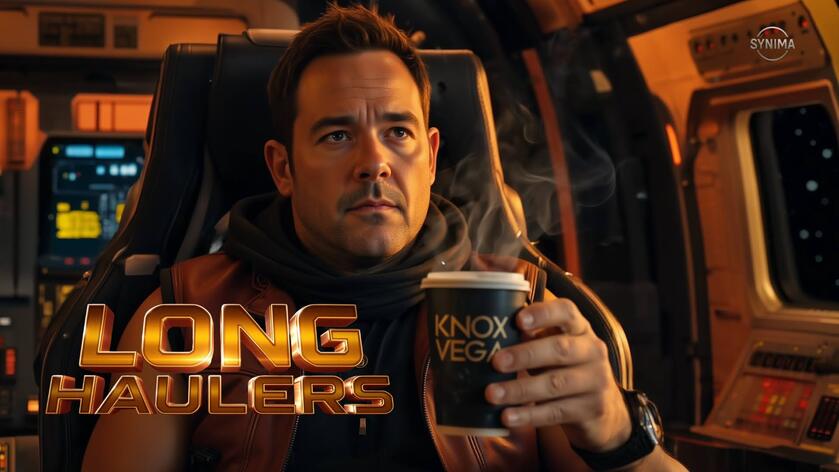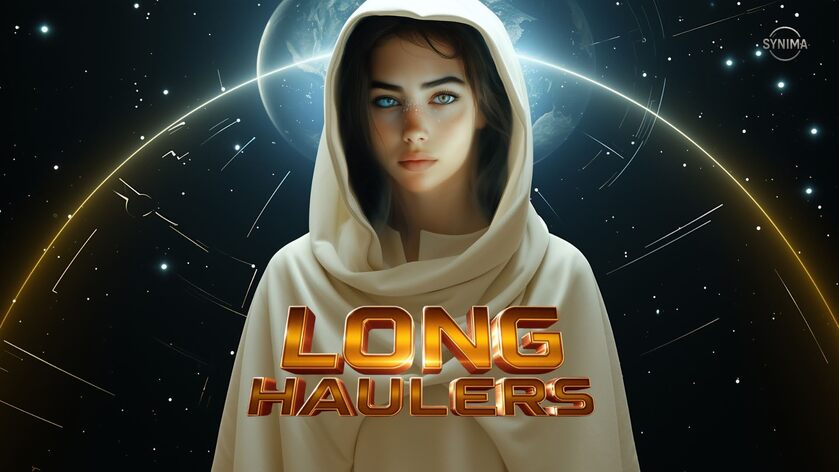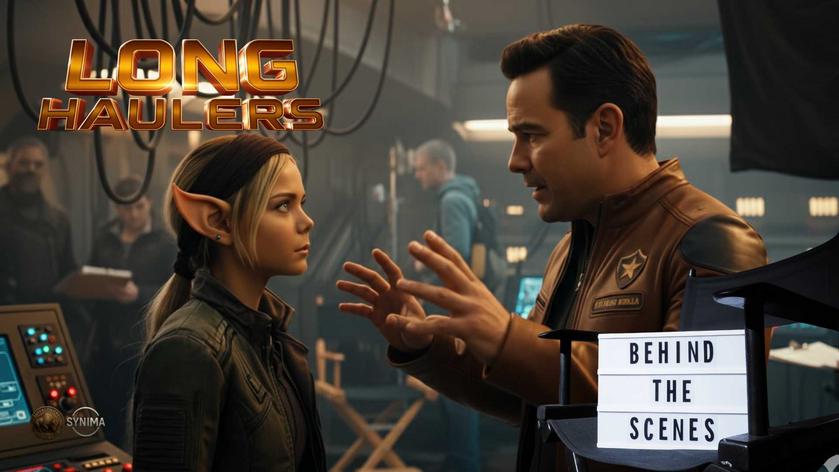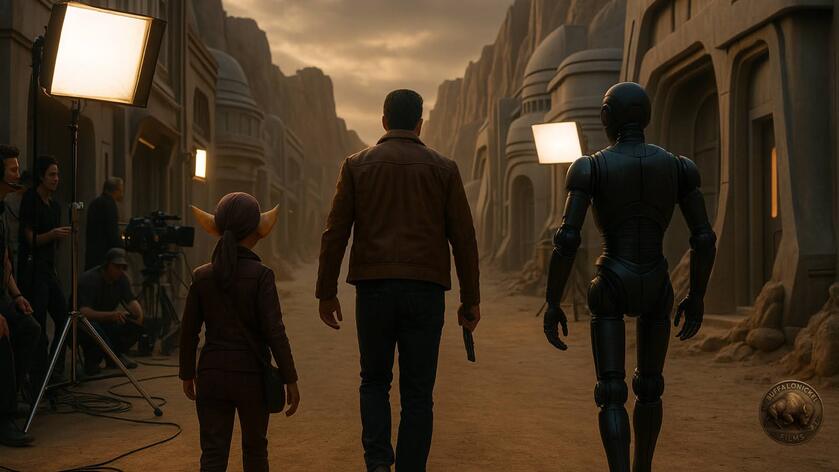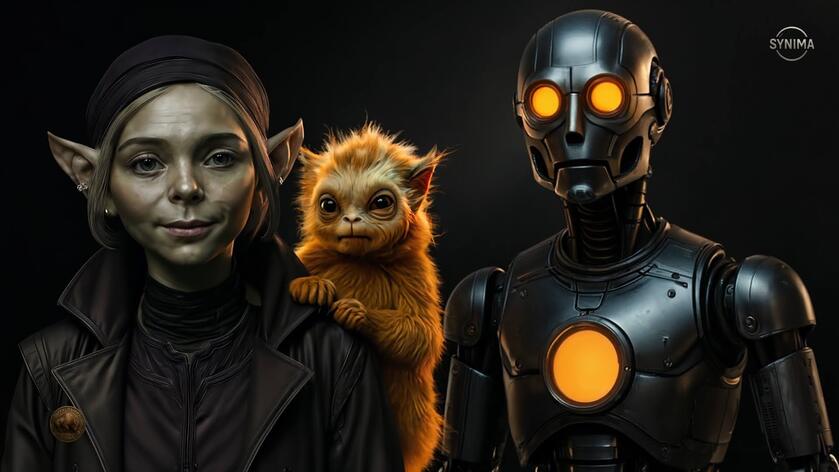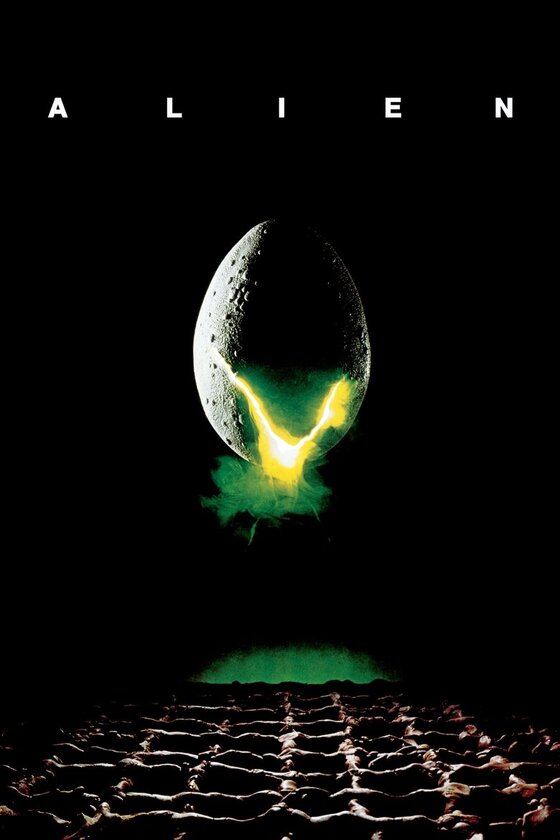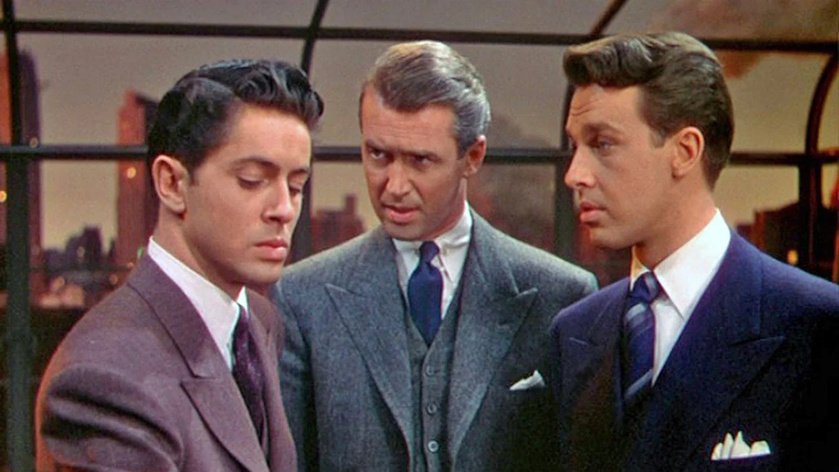One day at the library I picked up Hemingway’s To Have and Have Not, intending to just read a couple pages. I quickly found myself engrossed in what starts out as his most hardboiled crime novel, and though I left it there I couldn’t stop thinking about it. The very next day I returned and checked it out. While I’m well-read in Hemingway’s short stories, this is kind of the first novel of his that I’ve tackled.
I say kind of, because it’s really short stories mashed into a disjointed narrative.
In 1944 Humphry Bogart and Lauren Bacall starred in a film adaptation of the novel, which is sort of a Casablanca lite. It really only follows the first part of the story and makes some major changes, but ultimately I think it’s one of the rare cases where the movie is better than the book. It’s more cohesive with a conventional, satisfying, Hollywood ending.
So I like a happy ending. Sue me.
Hemingway’s novel mostly follows a sailor named Harry Morgan (not be confused with the classic film and television star of the same name) as he tries to make an honest living. That doesn’t last long, though, and soon he’s willing to make a dishonest living to keep food on his family’s table. Morgan isn’t a good guy. He’s Hemingway’s most racist character, a cold-hearted killer, and not very likable. When he suffers the consequences of his actions, we’re not too broken-up about it.
But it’s gripping reading nonetheless.
For all his faults, Harry loves and respects Marie, his wife. My understanding is that she’s one of Hemingway’s best female characters. Harry has something special with her and gives up his life attempting to provide for her and their daughters. On the other side, there’s Richard Gordon, who becomes the primary focus of the story in the latter half. He is also married, with a good writing career, and throws it all away out of selfishness.
Two sides of Hemingway? I’ll leave it to others to decide.
Harry has. Gordon has not. There’s also themes of rich and poor, educated and uneducated. I’m not sure Hemingway was so much trying to make a point or draw a through line as he was patching together a novel out of old parts (the novel is, frankly, kind of a mess), and the parts are greater than the whole.
Yet for all its many faults, the each piece of To Have and Have Not are as intentionally designed as anything else he wrote. Is it worth your time? Absolutely. Would I rather watch the movie? Again, I have to say yes.
